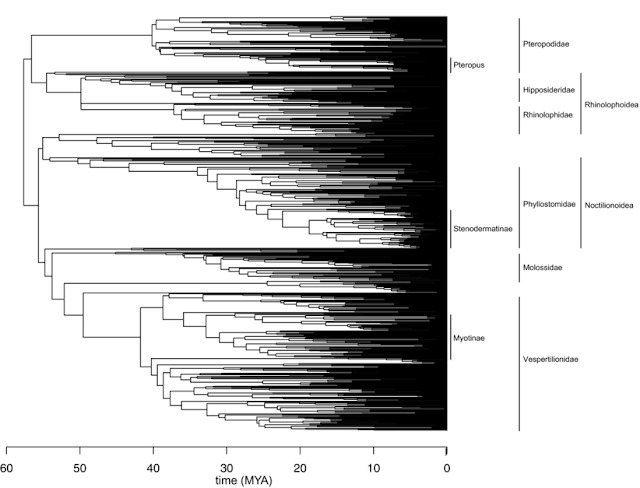PhD student Harriet Donnelly, from the Department of Archaeology at the University of Sydney, Australia, recently published
this interesting review of the genetic and archaeological evidence for defining "the Celtic people" as a distinct Iron Age ethnic group. In this piece, Donnelly proposes that the ancient Celts were in fact
not their own ethnic group, based on archaeological as well as genetic evidence.
Traditionally, "the Celts" are referred to as the tribal peoples inhabiting Europe from the British Isles all the way to the Iberian Peninsula in the west and Anatolia in the east; the ancient Celts lived from Iron Age well into the Roman Age, during which time their homelands became the Roman provinces of Celtiberia, Brittania, Pannonia, Gallia, and Galicia. The Celts who remained in Britannia are known as the Insular Celts, whose descendants the Gaels (from an Old Welsh word possibly meaning "forest people") populated Ireland, Scotland, and the Isle of Mann. The modern idea of "Celtic identity," however, as exemplified by popular culture and the six member "Celtic nations" recognised by the Celtic League (Brittany, Cornwall, Isle of Mann, Ireland, Scotland, and Wales), is largely the product of a 19th-century revivalist movement, promoting Celtic nationalism in Ireland especially against modernisation by British overlords. Into the 1920s this so-called Celtic Revival further led to interpretations of the Irish people as a separate "race" from other Europeans, suggested by their evidently ancient divergence---cultural, linguistic, and presumably genetic---from the rest of the continent.
Yet Donnelly presents in her article that mitochondrial DNA implies incredibly close relatedness between modern "Insular Celts" and other Europeans from across the central continent, with settlement of the British Isles by these maternal ancestors falling in the late Neolithic and Early Bronze Age; by contrast, Y-chromosomal DNA appears to show closer relatedness among modern peoples along the Atlantic coast, with contributions from Iberian males entering the British Insular genome by the end of the Bronze Age at the latest. Donnelly argues that this means the ethnic groups present in the Celtic Nations from the Iron Age through the Roman Era cannot be called a genetically distinct group. Furthermore, archaeological materials such as fibulae (e.g. decorative pins, brooches), swords, Greek amphorae, and dragon motifs of great similarity are consistently found all across the formerly "Celtic" realm; Donnelly interprets this to represent a great deal of trade and exchange of ideas through the Iron Age, but not necessarily "the expansion of a 'people.'" So the idea of an ancient "Celtic culture" suddenly rising up, fanning out, and taking hold in Europe may not in fact hold. Rather, the Iron Age of Europe seems to be characterised by a vast network of trade routes connecting a wide region, occupied by people who were not so different from one another.

Fig. 1 - Asterix the Gaul & friends --- Celts, or not?




















